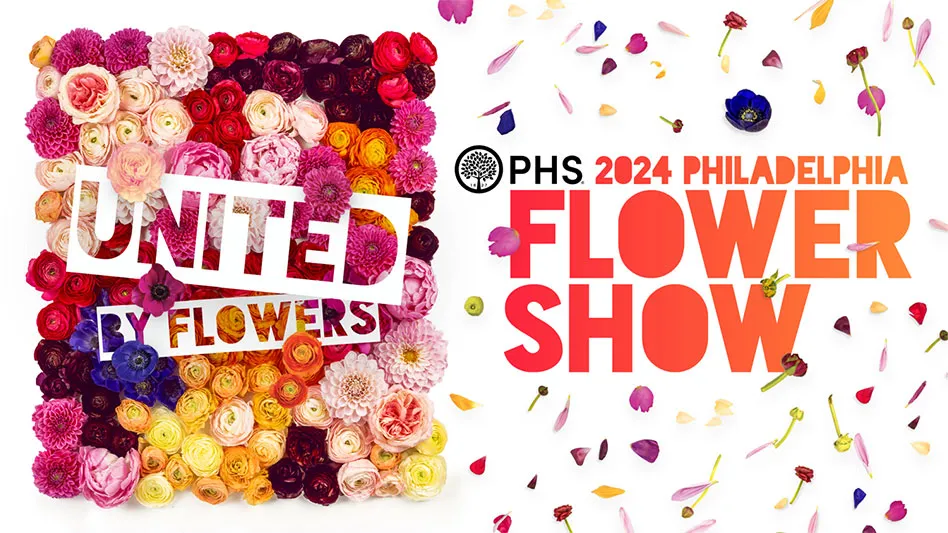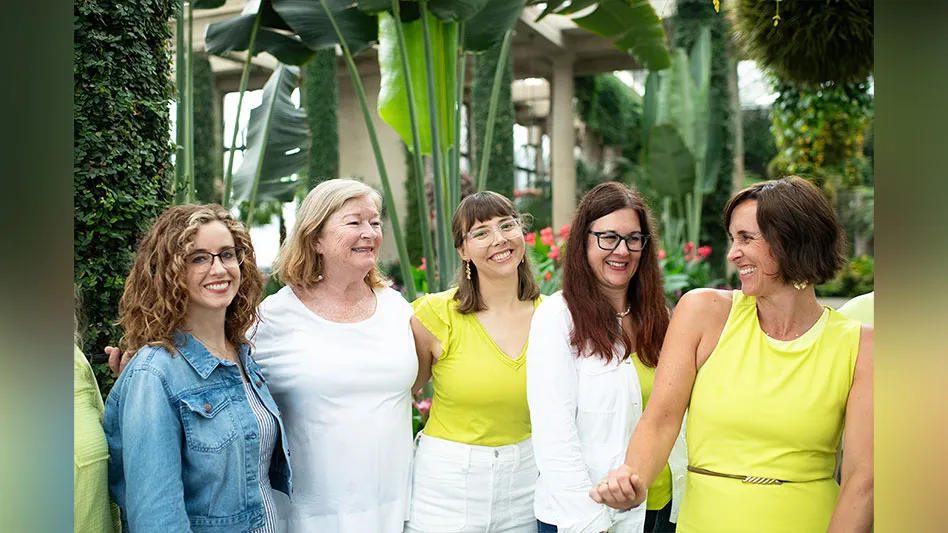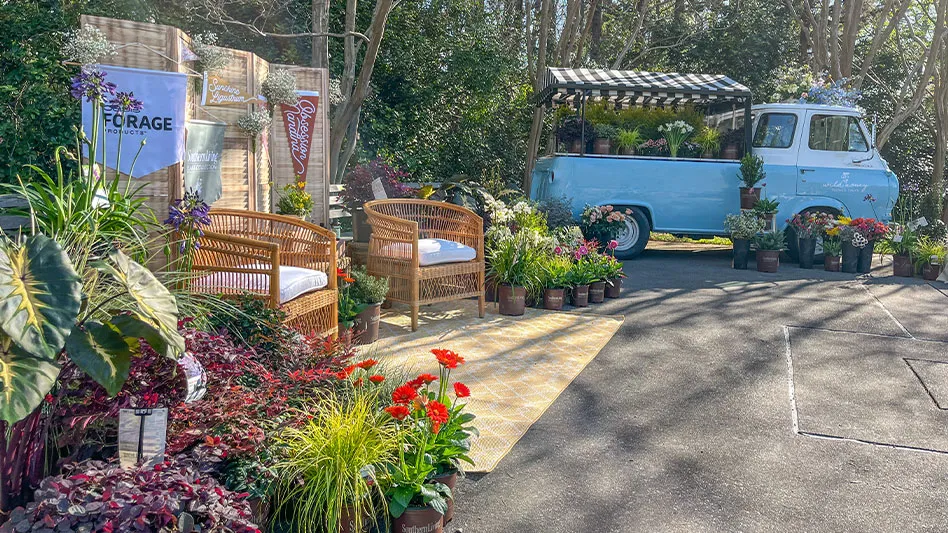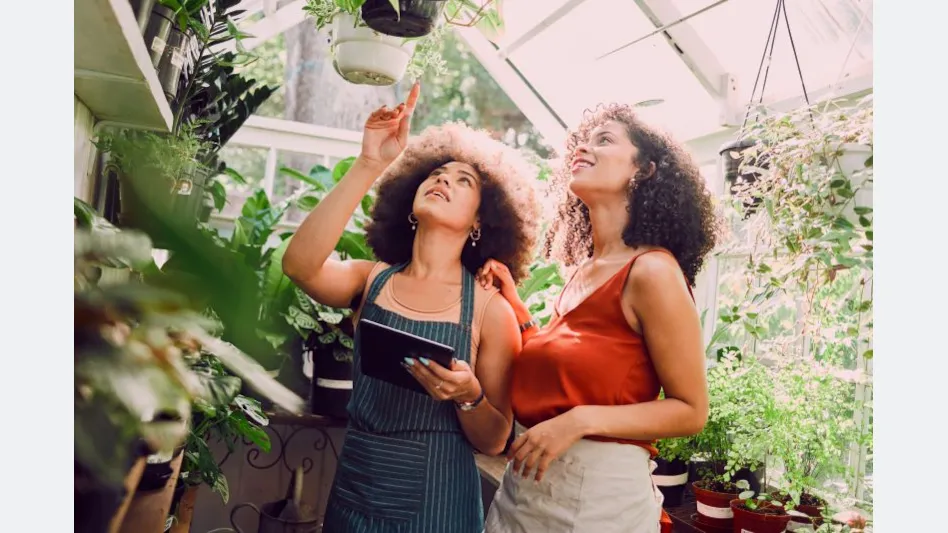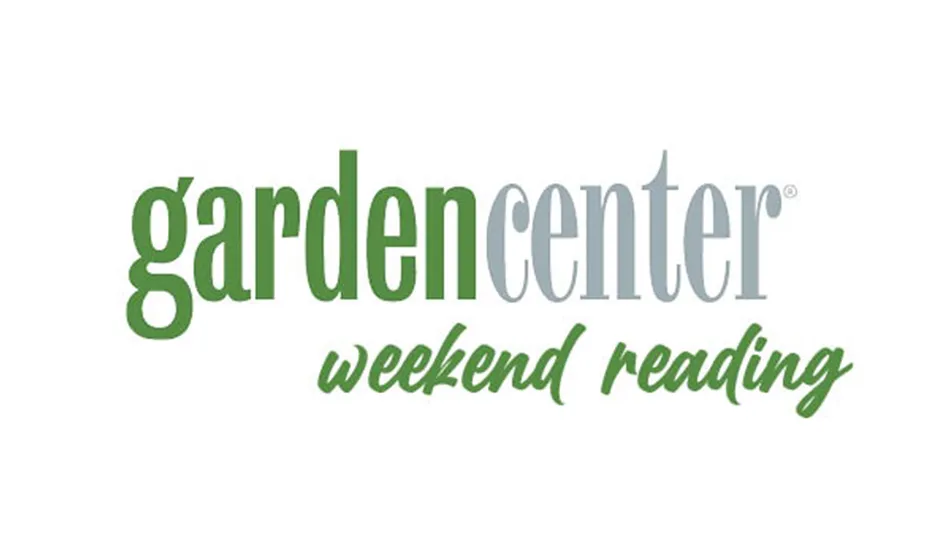 Q: Garden Center: One of the biggest changes historically for Al’s Garden Center was when you stopped selling fruit and focused on plants. What drove your decision?
Q: Garden Center: One of the biggest changes historically for Al’s Garden Center was when you stopped selling fruit and focused on plants. What drove your decision?
A:Jack Bigej: The sales of plants were getting better and better, and the fruit took an awful lot of time. And therefore, the plants got neglected. So we came to the point to where we had to either fish or cut bait. We decided to fish with plants.
Mark Bigej: That was also a time when grocery stores started doing produce better.
JB: The transition wasn’t fast. It took us 25 years to transition out. We just stopped selling produce in ’93.
GC: We are celebrating our 20th anniversary this year at the magazine, and I wanted to ask you both how the industry has changed in the past two decades.
JB: Twenty-five years ago, we started what we call ‘City Baskets.’ We’re the ones that originally started those. And in those city baskets we put marigolds and cascade petunias. They were supposed to be trailing petunias. And they would grow straight up and then fall over. There is not a thing in [the city baskets] today that was in them 25 years ago. Because of the advent of the trailing petunias and the trailing verbenas and all of these other things, they’ve gone from seed-produced annuals to cutting produced annuals. Our seed is going down every year, and our cutting material is going up because the quality of the materials is just so much better. And people are using more baskets and containers. The bedding plant numbers have died, but the price has gone up, so the volume has stayed in the same range. But it’s just a paradigm shift in what we are now selling versus what we sold 25 years ago.
GC: In terms of technology, what are you using now that you weren’t using 20 years ago that has been the most beneficial?
MB: It’s got to be the point of sale system. Everything we do is linked to computers now. Our system goes down, we’re paralyzed. When I started, we used cash registers.
JB: When I started, it was a cigar box. One for the government and one for me.
MB: You’re also seeing huge shifts in marketing. We have to constantly try and run to catch up with that.
JB: We were one of the first to use television, and we were successful with that. We used to be big in radio. That was our bread and butter, and it really worked for us. But not anymore.
GC: What has worked recently in terms of marketing and advertising?
MB: Within the last six or seven years, it has been our magazine, Bloom.
JB: That is almost deadly, that magazine is.
GC: It’s almost deadly?
JB: We put one of our new begonias on the cover. And we put the magazine out and told [readers] that the begonia would be ready the first of May. By May 1, we had already sold 10,000 and we were out. You write an article about an item, and you better be able to back it up. Because it’s very, very effective.
GC: Who receives Bloom Magazine?
MB: Anyone who has spent over $100 with us in the past year or [two], and who is a garden rewards member.
JB: We produce 50,000 magazines each time, and we have about 100,000 [people] in our rewards program.
GC: How much does it cost to produce?
JB: 62 cents per copy.
MB: It’s about $17,000 an issue.
JB: The only downside about it is that you’re preaching to customers. Because the trick is to get new people in. But this, you’re preaching to the choir.
GC: What is unique about Al’s?
JB: Well, we are the only retailer growers [in the area]. We have 500,000 square feet of heated space.
GC: What’s the advantage of growing your own?
MB: It gives us a lot of flexibility. We can grow for our own promotions. We control the quality of the plants that we have. We control our supply. We make sure we don’t run out, as long as we plant correctly. We’re shipping everything directly from our farm to our stores, so we can get a shipment whenever we want it.
JB: As of today (Oct. 30, 2014) we have sold 49,000 pumpkins this year. We can do some pretty ridiculous things price-wise. To make a point with pumpkins, we went out at 99 cents each.
JB: As a sidenote, at the greenhouses we have a root and sell operation where we bring in unrooted cuttings out of five different companies, root them, and sell them to other greenhouses. And by doing that we are on the very top of the new varieties. We get them in a year earlier, we test them in our own trials, and we pick and choose what we want to produce.
GC: Do you also get them to the customers sooner that way?
JB: We’re going to be a year ahead getting to the customers. But it’s awful nice to be leading edge in this. But it’s awful bad to be bleeding edge. And trust me, there are mistakes made.
GC: What’s one of the biggest risks that you took that worked well for you?
MB: Building this place. [Laughter, referring to the Sherwood, Ore., location, built in 2005 and one of three stores].
JB: Did you see where we built it? It’s out in the middle of nowhere.
MB: It was just a big gamble.
JB: We’re on 10.5 acres. We took our Woodburn store and simply doubled everything we had there.
MB: And that store, we had just built that very organically.
JB: We made a lot of mistakes. We thought we had all the mistakes that were to be made by building Woodburn. So we corrected all of those mistakes, and then came out here and made some new ones.
GC: What would you say the state of the industry is right now?
JB: Coming back, rebounding. We had a good year compared with …
MB: And everyone that we’ve talked to has. It’s all been the same story. I’m involved with the Oregon Association of Nurseries, and there are a lot of growers involved in that. And everyone’s booked, they’re sold out. There’s going to be plant shortages this next year.
GC: Is there anything else I didn’t ask that you’d like to mention?
JB: The Woodburn store opened in 1948 as a fruit stand. It has evolved very slowly, but here we are after 65 years.
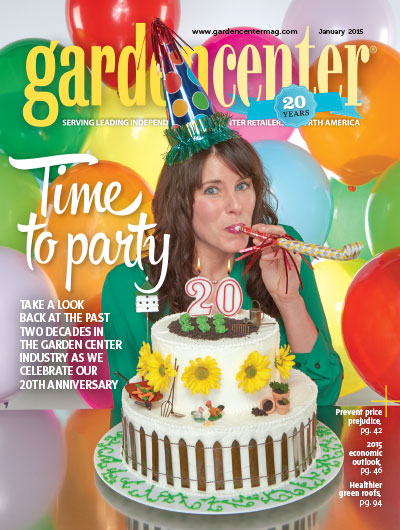
Explore the January 2015 Issue
Check out more from this issue and find you next story to read.
Latest from Garden Center
- Proven Winners introduces more than 100 new varieties for 2025
- Weekend Reading 5/10/24
- The Family Business, Part 2: Agreeing (and disagreeing) on capital investments
- Registration opens for Darwin Perennials Day
- Weekend Reading 5/3/24
- Weekend Reading 4/26/24
- Smith Gardens assumes operations of Skagit Horticulture
- Beneficial insect sachets now included with Monrovia mandevilla
